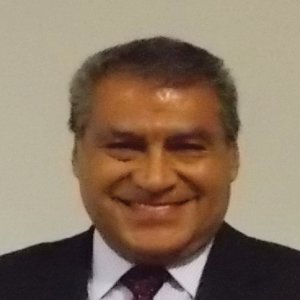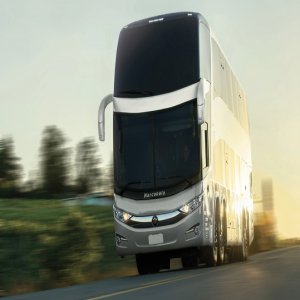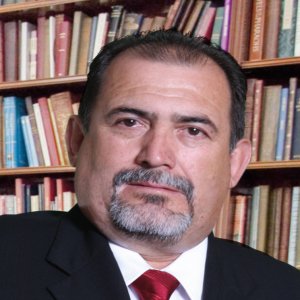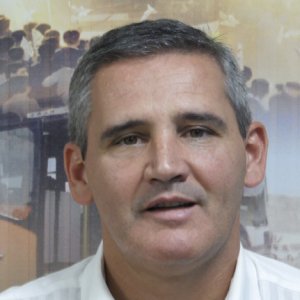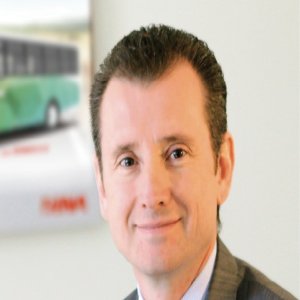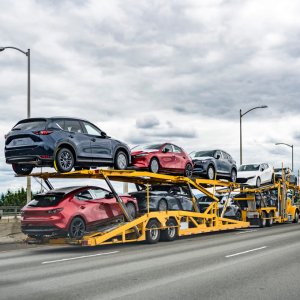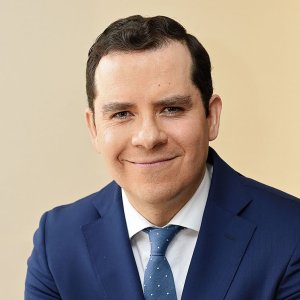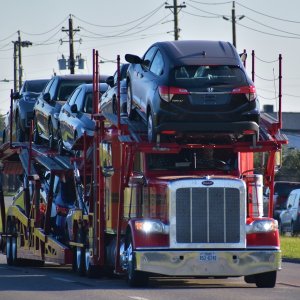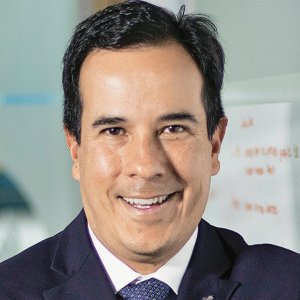End User Awareness Fundamental for Aftermarket Growth

STORY INLINE POST
Q: What are the internal and external factors that account for the lack of detailed statistics about the Mexican aftermarket?
A: In the 1980s, all vehicles that were bought in Mexico or imported had to be fully registered, but the government stopped enforcing this regulation around the year 2000. There are private institutions that are attempting to produce this information, but different entities have their own data and the figures vary wildly. The aftermarket is not as developed as it should be, since there are no market rules that define what kind of auto parts should be produced or imported. As a result, nobody knows how big the aftermarket is. We have already collected information on the total number of vehicles sold over the last 30 years and, through a series of algorithms, we are able to calculate how many vehicles there are in the country today. Still, the vehicle park data collected by Melgar de Mexico, INA, and AMIA does not coincide, meaning it is very difficult to formulate reliable data on the vehicle park in Mexico.
Mexico has the seventh highest number of automobile accidents worldwide, which is largely due to the poor conditions of vehicles. For instance, most heavy vehicle accidents are caused from old brakes that stop working. We must raise consciousness among the consumers to raise the aftermarket to its optimal level. As a result, ZF Services is creating communication campaigns to make our customers conscious of the dangers of using lowquality parts for repairs.
Q: How is ZF Services seeking to better reach the end user, both to highlight your brand and products, and to educate them about proper aftermarket behavior?
A: This is one of our main objectives in Mexico. If we are able to convince end users to really understand more about their cars and how to keep them in a decent condition, we will increase our market share. For example, 26 million tires are replaced each year, but shock absorbers, which should be changed with the same frequency as tires, only sell 7.5 million units a year. To reach a higher level of sales, we need to be able to communicate certain messages, such as the risks of driving a car with worn shock absorbers. We are currently handling a BOGE campaign to teach them how to drive safely and to keep an eye on preventive and corrective maintenance. However, isolated efforts by private companies are not enough and we must bring these ideas to INA. We plan to build a workshop in Mexico City to start directly supplying to and servicing the major fleets.
Q: How can better communications be achieved between fleets and their providers?
A: As providers, we want to approach the end user directly, avoiding confusing lines of communication in order to properly provide the service and parts that fleets need. The OEMs are extremely supportive of this as they directly benefit from this streamlined process. One of our approaches towards OEMs is to inform them of the quality and durability of our components, and of how specific products stay competitive. As for aftermarket readiness, OEMs need to know that we have service readiness to supply them in Mexico, Central America, and the Caribbean. As such, we communicate with both sides. We constantly talk to our OEM customers so we can sell more transmissions as needed, but we also speak with fleet technical managers so we can be sure their mechanics can handle minor repairs while sticking to our control standards.
Q: What are the main pillars of your strategy to target OEMs in the US?
A: Unfortunately, the US market is mainly price-oriented and there are suppliers for those customers. In comparison, European brands are more concerned with security and quality and ZF is not willing to sacrifice security, quality, or efficiency for price. We are now trying to find the right combination of ZF and TRW technologies to balance durability and quality with price to cater to the needs of US companies. This also involves the needs of other OEMs that export most of their vehicles to the US market. We intend to rely on TRW’s experience to reach the US market. In time, we will combine the advantages of TRW and ZF to form a hybrid entity that can service both the European and US markets. We estimate that within three years, we will see a complete merger between ZF and TRW’s operations.
